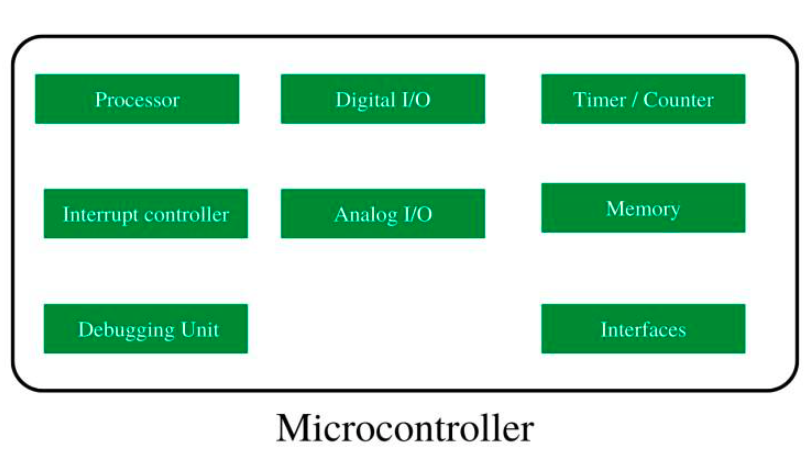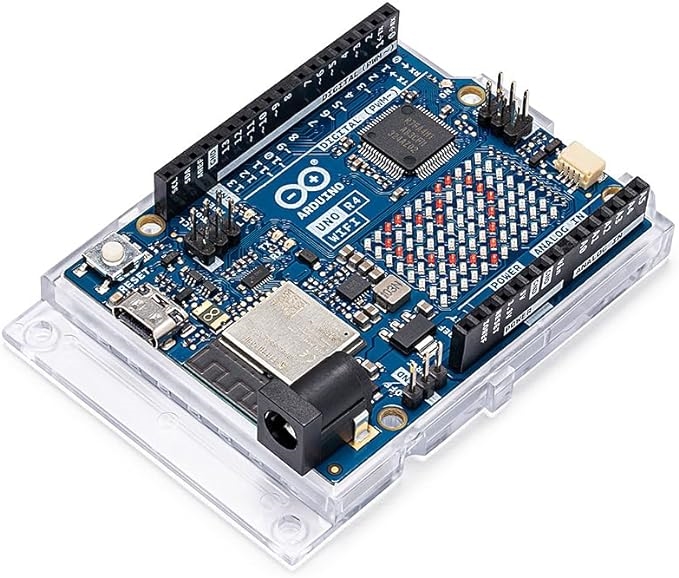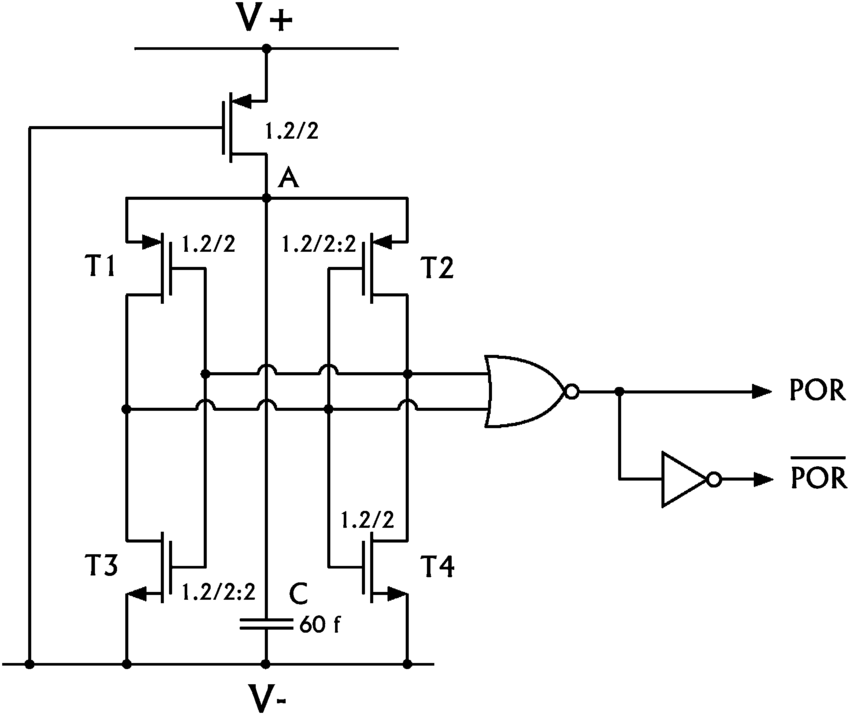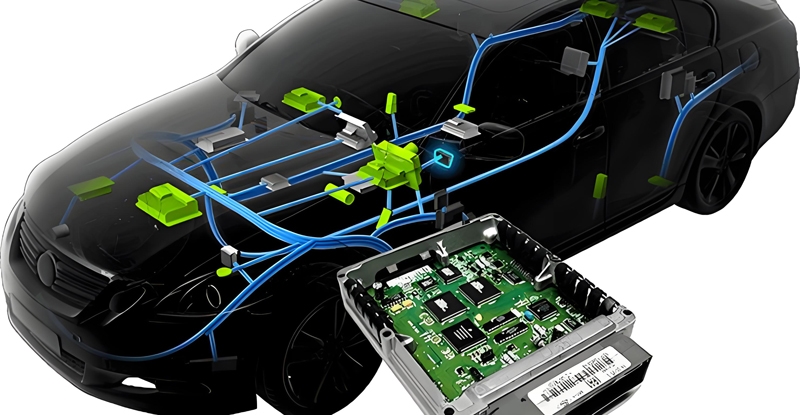A microcontroller cannot completely replace a PLC. Although a microcontroller can be programmed to perform similar functions, it is generally less reliable and stable than a PLC.
PLCs are widely used in industrial control and automation due to their excellent programmability, real-time performance, and stability. Compared to microcontrollers, PLCs have several advantages that make them irreplaceable in certain applications.
Advantages of PLCs Over Microcontrollers
- High Reliability: PLCs use industrial-grade components, ensuring reliable and stable performance. Their sophisticated internal design provides stable operation, minimizing issues like system freezes or crashes and contributing to a long service life.
- Strong Anti-Interference Capability: PLCs typically offer superior immunity to interference and greater stability, allowing them to operate in harsh environments with high temperatures, humidity, and strong electromagnetic interference.
- Modular and Distributed Control: PLCs can be used to build complex systems through modular and distributed control architectures, supporting multitasking and coordination between multiple devices.
- Simplified Programming: PLC programming is relatively simple, often using graphical languages like Ladder Diagram (LD), Sequential Function Chart (SFC), and Structured Text (ST). This shortens the development cycle and lowers the barrier to entry.
- Flexible I/O Interfaces: PLCs typically have a large number of I/O interfaces that are easily expandable. They also feature multi-channel control capabilities, allowing for direct manipulation of inputs and outputs.
- High Scalability: The functionality of a PLC can be expanded by adding modules without modifying the core unit itself.
- Enhanced Safety: PLCs generally provide a higher level of safety, with options for dedicated safety modules and protocols to ensure system security.
PLC vs. MCU: A Detailed Comparison
- A PLC is a mature control system built around a microcontroller. It is essentially a debugged, stable, and commercialized microcontroller application system with strong general-purpose capabilities.
- A microcontroller, on the other hand, can be used to build a wide variety of application systems, offering a broader range of uses. A microcontroller itself is just an integrated circuit; it must be combined with other components and software to form a functional system.
- From an engineering perspective, using a PLC is fast and convenient for one-off projects or those with very low production volumes. It offers a high success rate and good reliability, but at a higher cost.
- For high-volume projects, a microcontroller-based system is more cost-effective. However, achieving system stability requires significant R&D resources and industry experience.
Essentially, a PLC is a pre-packaged microcontroller system. Engineers have designed a simplified programming environment and corresponding software for PLCs, replacing low-level computer languages with more intuitive ones to greatly simplify application development.
PLCs widely use languages like Ladder Diagram, Statement List, and Function Block Diagram. PLC software typically converts these diagrams into C or assembly, which is then compiled into machine code that the PLC executes. The use of graphical languages makes development more accessible, lowers the required skill level, and shortens the development cycle.
Developing a control system directly with a microcontroller is also possible, but it demands a high level of expertise. It requires a solid foundation in C or assembly language, familiarity with electronic circuits and hardware, and extensive programming experience. Even for a seasoned engineer, the process involves designing circuits, writing code, and extensive testing. Post-launch maintenance and modifications based on field feedback are often necessary to achieve stability, resulting in a long development cycle and high initial costs.
In summary, microcontrollers and PLCs differ in their applications, functionality, architecture, interfaces, reliability, stability, cost, and programming methods. The choice between them depends on the specific requirements and conditions of the application.
 ALLPCB
ALLPCB







